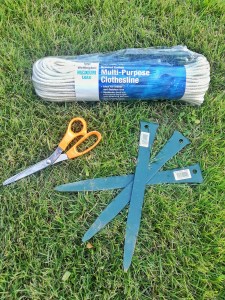Even if you don’t celebrate it, I’m sure you have an opinion about Valentine’s Day. Love it or hate it (or just plain don’t care), if you have to do any kind of shopping, you just can’t avoid all those pink and red hearts, cupid cutouts, and chocolate, chocolate everywhere.
I fall in the category of “Hey, at least it breaks up the first quarter of the year with an event.” I use to be one of those people that just thought it was made up and stupid, but I grew out of that because hating stuff for no good reason is just dumb.
Anyway, it’s a cutesy holiday, and while I have no problem being nice to my husband, cute just ain’t for me. Romance movies? Blah. No, thank you.
So what kind of creepy fun can you have for Valentine’s Day? Well, of course, there are movies, and we can’t really talk about Valentine’s Day without mentioning THE scary movie of the holiday: My Bloody Valentine.

I own both the 1981 original and the 2009 remake starring none other than the elder Winchester, Jensen Ackles.
They’re both okay.
The original was creepy when I was a kid, and I really enjoyed the (SPOILER) twist at the end. The remake was also fun, but it was also a little cheesy – probably because it’s made for 3D, and I didn’t watch it that way. Lots of crazy stuff flying at the screens, which is cool, but it loses a little something in 2D.
If you haven’t seen either of them and want to hear the legend of Harry Warden, you should totally watch them now. They aren’t the best horror movies, but they’re also not the worse.
And I will say, they’re much better than another Valentine’s Day horror movie I feel like I should mention: Valentine starring Denise Richards, David Boreanaz, and Katherine Heigl. Very meh.
Aside from movies, you have a few other options. Valentine’s Day cards can be made creepy with a few tweaks. I made one a few years ago for my husband (I’ll post a pic if I can find it) that had Frankenstein’s monster and the Bride on the front with the words “Made for Each Other.” Just because it’s not Halloween doesn’t mean you have to phone it in.
You can give your Valentine some cool flowers, like this black rose:
vA
Also, a bloody steak seems appropriate for the day. And chocolate. Don’t forget about the chocolate. That’s non-negotiable (unless you’re allergic and then you get a pass).
I hope everyone has a very Happy Valentine’s Day!





























































